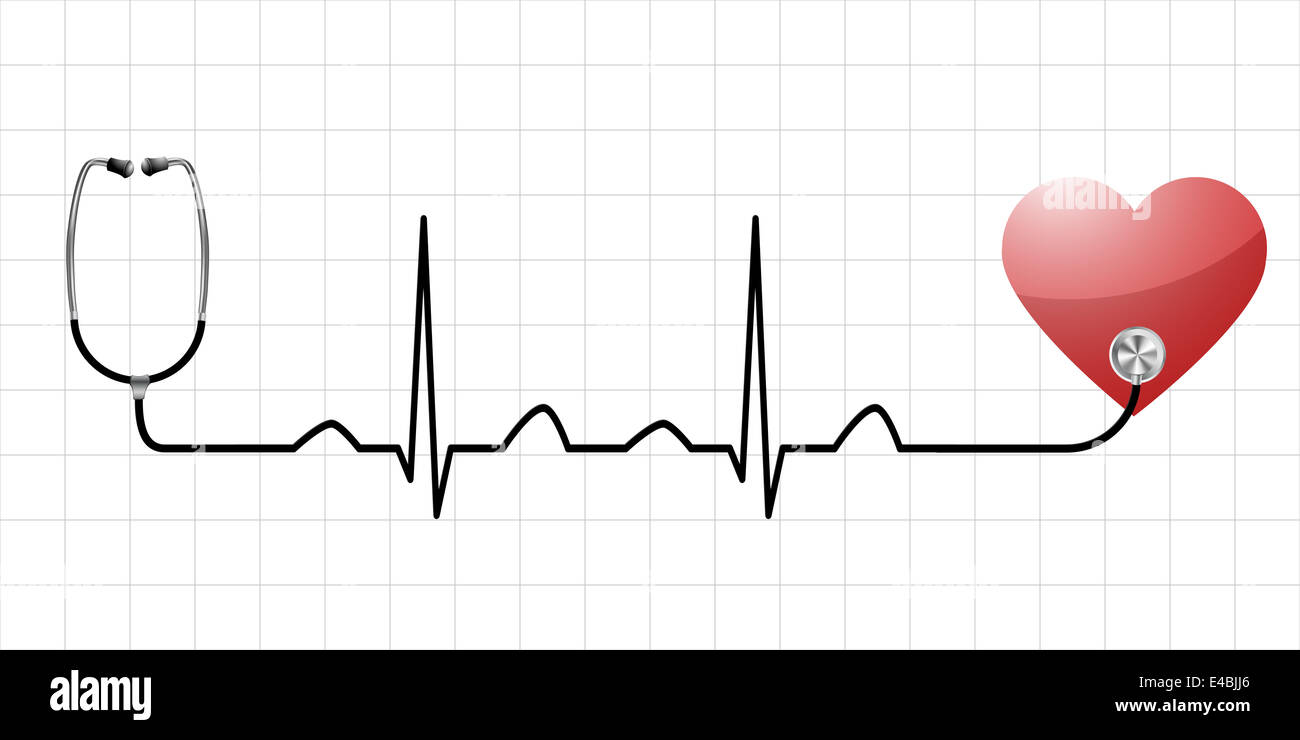

REGULAR HEARTBEAT FOR ADULTS FULL
These patients were older 64.0 ± 13.1 (vs 43.4 ± 14.8 in our full HR data set p < 0.0005), male (66.0% vs 52.3% p < 0.00005) and they had a higher prevalence of diabetes, hypercholesterolemia, hypertension, and arrhythmia than that in our full HR data set. We validated the HR-PPG measurement in 50 consecutive participants seen at the UCSF general cardiology clinic who had a 12-lead ECG performed (10 s recording) with simultaneous PPG signals recorded (Supplementary Figs. The goals of this study were to (i) validate HR-PPG measurements against a gold-standard electrocardiographic HR-electrocardiogram (ECG) measurement, and (ii) provide real-world HR-PPG ranges according to age, time, demographics, comorbidities and chronotropic medication usage, and (iii) identify predictors of real-world HR-PPG and heart rate variability (HRV). The Health eHeart Study, an online Framingham-like cohort, has collected a large number of HR measurements over time from study participants using PPG-enabled smartphone technology. 9 However, in this setting it is unclear whether traditional clinic-derived normal values adequately represent remotely recorded real-world data. 7, 8 In addition, physicians are increasingly being asked by patients to interpret HR values recorded remotely by patient devices. Recently, photoplethysmography (PPG) technology has become nearly ubiquitous in smartphones and wearable sensors (such as activity trackers or smartwatches), providing both an opportunity to measure real-world HR while increasing the importance to understand the accuracy and the normal HR values obtained by these types of ambulatory measurement. Moreover, ambulatory heart rate has been found to be a stronger predictor for all-cause mortality than in-clinic resting heart rate, yet this real-world measurement is infrequently obtained. 5 In addition, these measurements do not account for health status, cardiovascular fitness, gender, or racial differences. For example, clinic measured data can be artificially increased in a similar phenomenon to “white-coat hypertension” 4 or by an increased adrenergic reaction to the clinical settings.

3 However, these commonly accepted norms are derived using in-clinic recorded HR which may not be representative of the real-world, outside of a healthcare institution, remotely obtained measurements that are commonly recorded by a growing number of consumer devices. 1– 5 Several studies, as well as expert consensus, indicate that the normal adult resting HR values lie between 60 and 90 beats per minute (bpm), 1– 3 and the American Heart Association defines the normal sinus HR as between 60 and 100 bpm.

Generally, lower HR has been associated with lower all-cause and cardiovascular mortality. Heart rate (HR) is a readily available vital sign that holds important prognostic information. Our study provides the largest real-world norms for remotely obtained, real-world HR according to various strata and they may help physicians interpret and engage with patients presenting such data. In multivariable linear regression, the number of medical conditions, female gender, increasing body mass index, and being Hispanic was associated with an increased HR, whereas increasing age was associated with a reduced HR. The 95th percentile of real-world HR was ≤110 in individuals aged 18–45, ≤100 in those aged 45–60 and ≤95 bpm in individuals older than 60 years old. The mean real-world HR was 79.1 bpm ± 14.5.

A total of 66,788 Health eHeart Study participants contributed 3,144,332 HR-PPG measurements. HR-PPG and HR-ECG were highly correlated (Intraclass correlation = 0.90). We then used data from participants enrolled in the Health eHeart cohort between 1 April 2014 and 30 April 2018 to derive real-world norms of HR-PPG according to demographics and medical conditions. To validate the measurements, we obtained simultaneous HR-PPG and HR-ECG in 50 consecutive patients at our cardiology clinic. Our goal was to validate HR-PPG, measured using a smartphone app, against HR-electrocardiogram (ECG) measurements and describe out-of-clinic, real-world, HR-PPG values according to age, demographics, body mass index, physical activity level, and disease. However, the validity and expected distribution of such measurements are unclear, making it difficult for physicians to help patients interpret real-world, remote and on-demand HR measurements. Emerging technology allows patients to measure and record their heart rate (HR) remotely by photoplethysmography (PPG) using smart devices like smartphones.


 0 kommentar(er)
0 kommentar(er)
